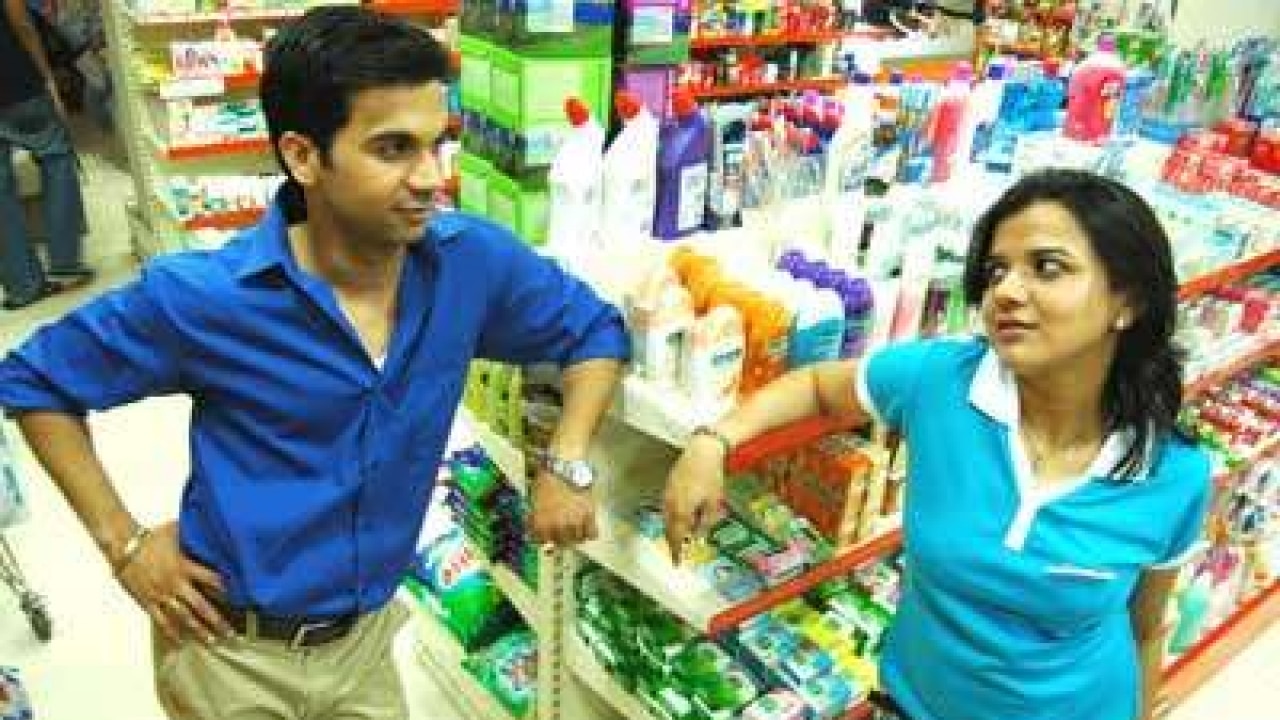
Film: Love, Sex Aur Dhokha (A)
Director: Dibakar Banerjee
Cast: Anshuman Jha, Shruti, Raj Kumar Yadav, Neha Chauhan, Arya Devdutta, Herry Tangri, Amit Sial
Rating: ***
Love Sex Aur Dhokha. When you have a title like that, there is bound to be curiosity. And when Dibakar Banerjee — with an impeccable record so far — is at the helm, interest levels go further up.
The promos have been intriguing, there has been a lot of talk about the film, and its title song is this year’s ‘Emosanal Atyaachaar’. What all these things lead to, basically, is a fair degree of expectations. Does Love, Sex Aur Dhokha, or its smart acronym LSD, meet its potential?
Before answering that, it is necessary to know why LSD is an important film — it’s raw, unflinching, and brutally real in its portrayal of ‘young India’; it breaks the formula in more ways than one: the filming technique is novel by Indian standards (seen recently in Paranormal Activity) and the screenplay is episodic; each story (by Urmi Juvekar) has been inspired by what may be called ‘newspaper headlines’.
In the first story, a film student Rahul (Jha), whose diploma film is a kind of homage to his idol Aditya Chopra’s Dilwale Dulhaniya Le Jayenge, falls in love with his film’s lead actress, Shruti. Their love story enfolds in typical DDLJ fashion, a tyrant of a father included.
The lovers, in true filmi style, get married in a temple with the hope that Shruti’s parents will accept them once they are hitched. But cruel fate, in the form of a dhokha, awaits them.
In the second chapter, a young guy, Adarsh (Yadav), in desperate need of money, fakes an affair with a saleswoman, Rashmi (Chauhan), at a shopping store. He has a plan — to seduce the woman, shoot footage of the two having sex, and then to sell it to make a quick buck.
In the final part, a journalist Prabhat (Sial) wants to revive his career by performing a sting operation on pop star Loki Local (Tangri), who lures models into giving him sexual favours with dreams of launching them in his music videos. But things go awry for Prabhat during the sting.
All three stories have a common thread: not just the fact that all of them have a bit of love, sex, and dhokha in them, but also that all three get captured in cameras even when the characters don’t always know about it. In the first story, Rahul shoots his interactions with Shruti on his film camera; in the second, the CCTVs at the store capture the goings-on; in the third, it’s the sting camera doing the job.
Banerjee weaves three inspired-by-life stories in his endeavour to entertain and shock and make a larger point about the voyeuristic nature of our society, all at the same time. LSD is edgy, provocative, and honest. And for that, kudos are in order for the filmmaker.
Sadly, though, the film is not without its flaws. It lacks the humour — or at least effective humour — that was the driving force behind Banerjee’s earlier two National Award-winning films, Khosla Ka Ghosla and Oye Lucky Lucky Oye.
The camera, which is an integral part of the script, makes its presence felt in places where it shouldn’t be. Why people — whether it’s a budding filmmaker or a sting journalist — would keep their cameras on at most times, even when it is not connected to their work, is hard to fathom.
The writing is inconsistent, too. The homage to Chopra and his films is a big bore. The diploma film is shot like a spoof, which could have been very entertaining, but it has been executed better in MTV shows.
The first story unfolds like any love tale would — something you have seen in umpteen films — the only novelty being the style of filming it. You wonder where it is going finally.
Its culmination, though, is among the film’s strongest sequences. Banerjee doesn’t prepare you for it — that may justify the staid treatment leading up to it — and jolts you with its violent force. You only wish the journey till that point had been a bit more engrossing.
The second story is far more interesting. The moments between Adarsh and Rashmi are very real and the affair is believable. The third story is the most entertaining.
But you really yearn for LSD to unravel at a faster pace. Even with a running time of less than two hours, LSD drags. Once the novelty of watching the film from secret cameras wears out, you realise there is not always much to engross you by way of a gripping narrative or smart writing.
Experimentation for the heck of it doesn’t always work. Luckily for LSD, even with its shortcomings, you can’t help but laud the effort of Banerjee and his team to dish out something ‘different.’ For the director, it’s a worthy follow-up to his earlier two successes.
The casting deserves accolades, with every actor fitting in their roles to perfection. Singling out any of them would be pointless, with each putting in confident, natural performances. The title song, shown in the end, is not to be missed.
LSD is the ‘cool’ film youngsters would enjoy, and its realness will strike a chord with a few. The more discerning audience may be left disappointed. But it is film you can’t ignore.